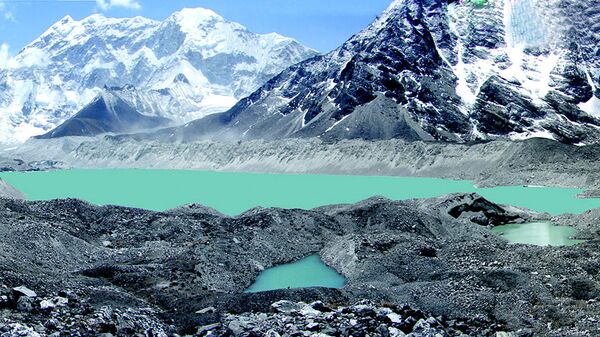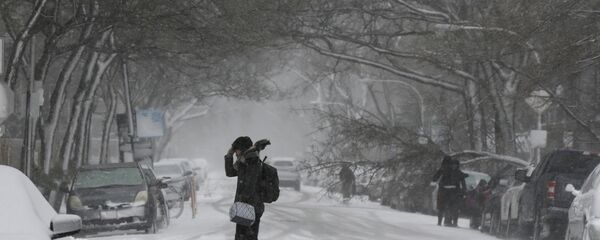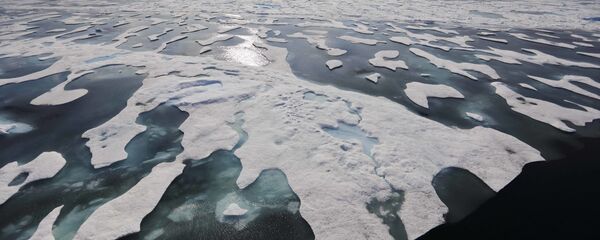"This is the climate crisis you haven't heard of," Philippus Wester, who led the report published by the International Centre for Integrated Mountain Development (ICIMOD), said in a press release Monday.
"Global warming is on track to transform the frigid, glacier-covered mountain peaks of the HKH cutting across eight countries to bare rocks in a little less than a century. Impacts on people in the region, already one of the world's most fragile and hazard-prone mountain regions, will range from worsened air pollution to an increase in extreme weather events."
"But it's the projected reductions in pre-monsoon river flows and changes in the monsoon [season] that will hit hardest, throwing urban water systems and food and energy production off-kilter," he continued.
According to the report, 36 percent of the glaciers will melt by 2100 even if the "most ambitious" goal of limiting global warming to 1.5 degrees Celsius above pre-industrial levels is achieved.
A temperature increase of four to five degrees Celsius by 2100 could wipe out two-thirds of the region's glaciers. Although the glaciers were formed around 70 million years ago, they are particularly susceptible to climate change due to a phenomenon called elevation-dependent warming, which is when temperatures in higher elevation regions warm faster than the global average.
The glaciers are currently a vital source of water for about 250 million people who live in the mountains and 1.65 billion others who live in the river valleys. The melted glacier ice could cause flooding along the rivers like the Ganges and the Indus Rivers in India, which could also result in eradication of crops in the region.
"There are rocky times ahead for the region: between now and 2080, the environmental, economic and social conditions laid out in the report could go downhill," said Eklabya Sharma of the ICIMOD.
"Because many of the disasters and sudden changes will play out across country borders, conflict among the region's countries could easily flare up. But the future doesn't have to be bleak if governments work together to turn the tide against melting glaciers and the myriad impacts they unleash," Sharma added.



